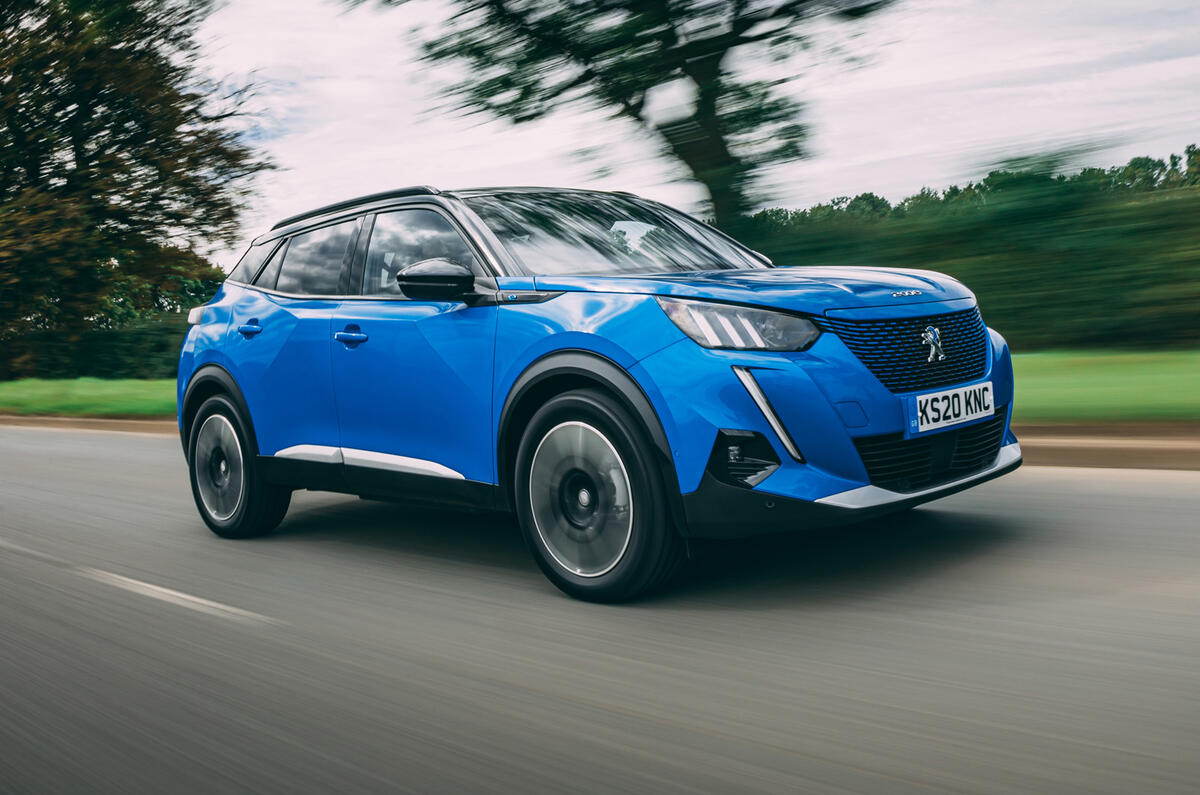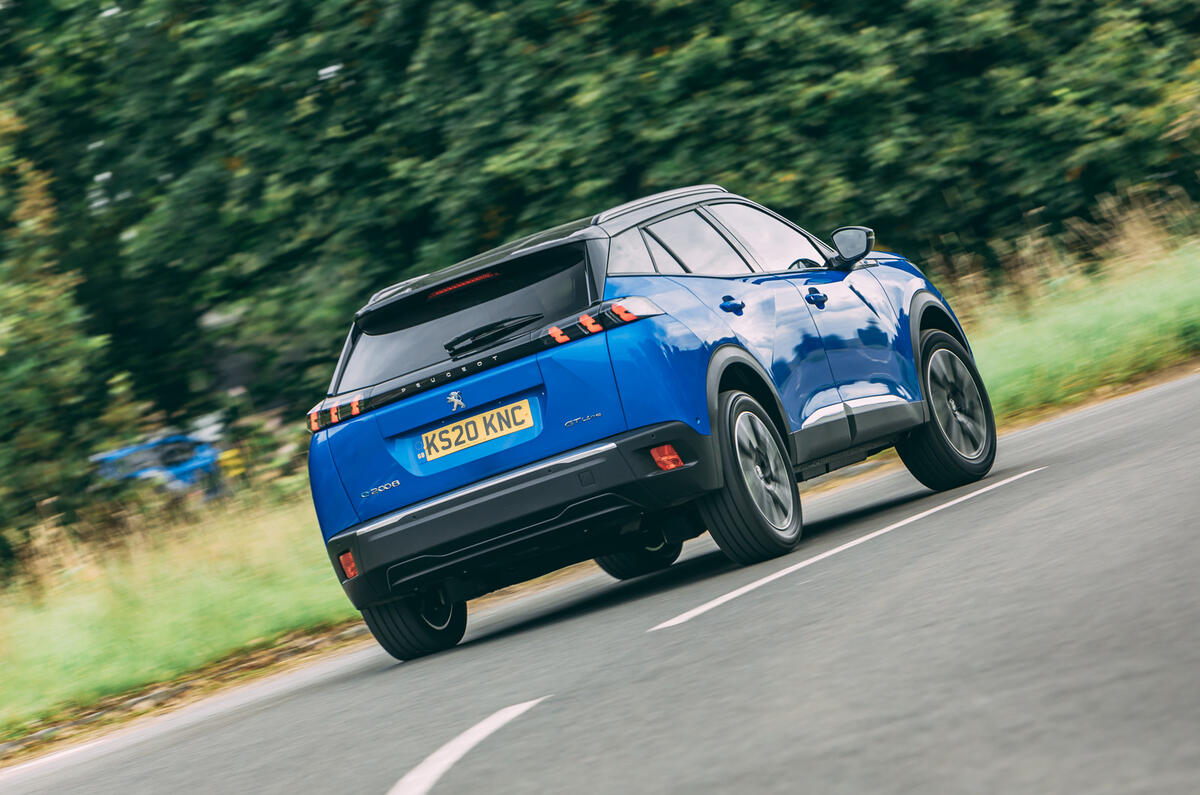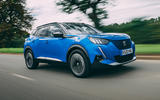We’ve been led towards high expectations of electric cars where performance is concerned, but it’s inevitable that as the EV market fills out and electricity seems an ever more common and normal way to power a typical family car, so will those expectations be tempered. In that respect, you could say that the Peugeot e-2008 is something of a force for normalisation.
Its acceleration won’t take your breath away. It responds very keenly, and as cleanly, smoothly and progressively relative to pedal position as any EV, but it needs almost 9.0sec to sweep from 30mph to 70mph – as you might when entering a motorway or leaving a built-up area – and 9.5sec to crack 60mph from rest.
In both of those respects, several similarly priced EVs we’ve tested these past three years have been quite a lot quicker – and the related, 1.2-litre turbocharged petrol DS 3 Crossback we tested only last year was a useful margin quicker also.
And so 134bhp does indeed feel a bit underwhelming, on occasion, for a 1.6-tonne EV. Not around town, but above 50mph, the e-2008 needs plenty of encouragement to move more quickly than the average car in the morass of British traffic. Still, it responds to your right foot in a pleasing way, because it does so very smartly and precisely. In everyday motoring, it would be getting on down the road while the engines or automatic gearboxes of some regular family cars might still be lacing up their running shoes. Even so, except perhaps at particularly low speeds, the e-2008 isn’t really compelling or thrusty-feeling to drive.




















































